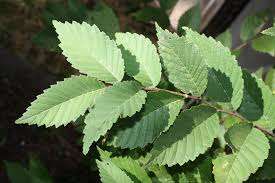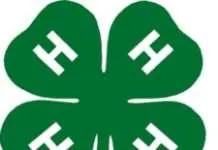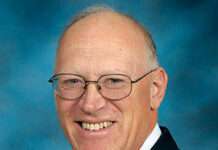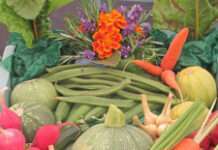K-State’s John C. Pair Horticultural Center is home to National Elm Trial
HAYSVILLE, Kan. — It’s been nearly 100 years since Dutch elm disease was unwittingly brought to North America where elm tree varieties had no resistance to the devastating fungal mold that’s spread by elm bark beetles. Within a few decades, majestic mature American elm trees along parkways and landscapes were dying by the hundreds of thousands across the country.
In 2007, Kansas State University’s John C. Pair Horticultural Center established a National Elm Trial as part of a larger national effort to evaluate different cultivars for various traits including resistance to Dutch elm disease. The center’s site near Wichita has 18 cultivars that are resistant to Dutch elm disease or DED. Of the 18, four are true American elm cultivars and the remainder are hybrids or other elm species.
The four true American elms at the Pair Center are named Valley Forge, Princeton, New Harmony and Lewis and Clark (Prairie Expedition), according to K-State Research and Extension horticulturist Ward Upham. All four have shown excellent tolerance to DED and have been rated on different characteristics, including survival rate, damage from certain other insects, and storm breakage.
In the trial, the first three have a 100% survival rate while Lewis and Clark has an 80% survival rate. All have been strong growers, Upham said, with minimal damage from certain other insects, although lacebug damage to the New Harmony cultivar was significant.
Storm damage to the four cultivars can be minimized by pruning when the tree is young, Upham said.
More information from the National Elm Trial about American elms and Dutch elm disease research is available online. Photos and information on hybrids and other species of elm are also available online.
Upham and his colleagues in K-State’s Department of Horticulture and Natural Resources produce a weekly Horticulture Newsletter with tips for maintaining home landscapes. The newsletter is available to view online or can be delivered by email each week.
Interested persons can also send their garden- and yard-related questions to Upham at [email protected], or contact your local K-State Research and Extension office.
FOR PRINT PUBLICATIONS: Links used in this article
National Elm Trial 10-year study results https://webdoc.agsci.colostate.edu/bspm/NationalElmTrial/AUF2017.pdf
Kansas National Elm Trial https://webdoc.agsci.colostate.edu/bspm/ElmKansas.pdf
K-State Horticulture newsletters
https://hnr.k-state.edu/extension/info-center/newsletters/index.html
K-State Research and Extension sites
https://www.ksre.k-state.edu/about/stateandareamaps.html
K State Research and Extension is a short name for the Kansas State University Agricultural Experiment Station and Cooperative Extension Service, a program designed to generate and distribute useful knowledge for the well being of Kansans. Supported by county, state, federal and private funds, the program has county extension offices, experiment fields, area extension offices and regional research centers statewide. Its headquarters is on the K State campus in Manhattan. For more information, visit www.ksre.ksu.edu. K-State Research and Extension is an equal opportunity provider and employer.
For more information:
Ward Upham
[email protected]
Written by:
Mary Lou Peter
[email protected]




